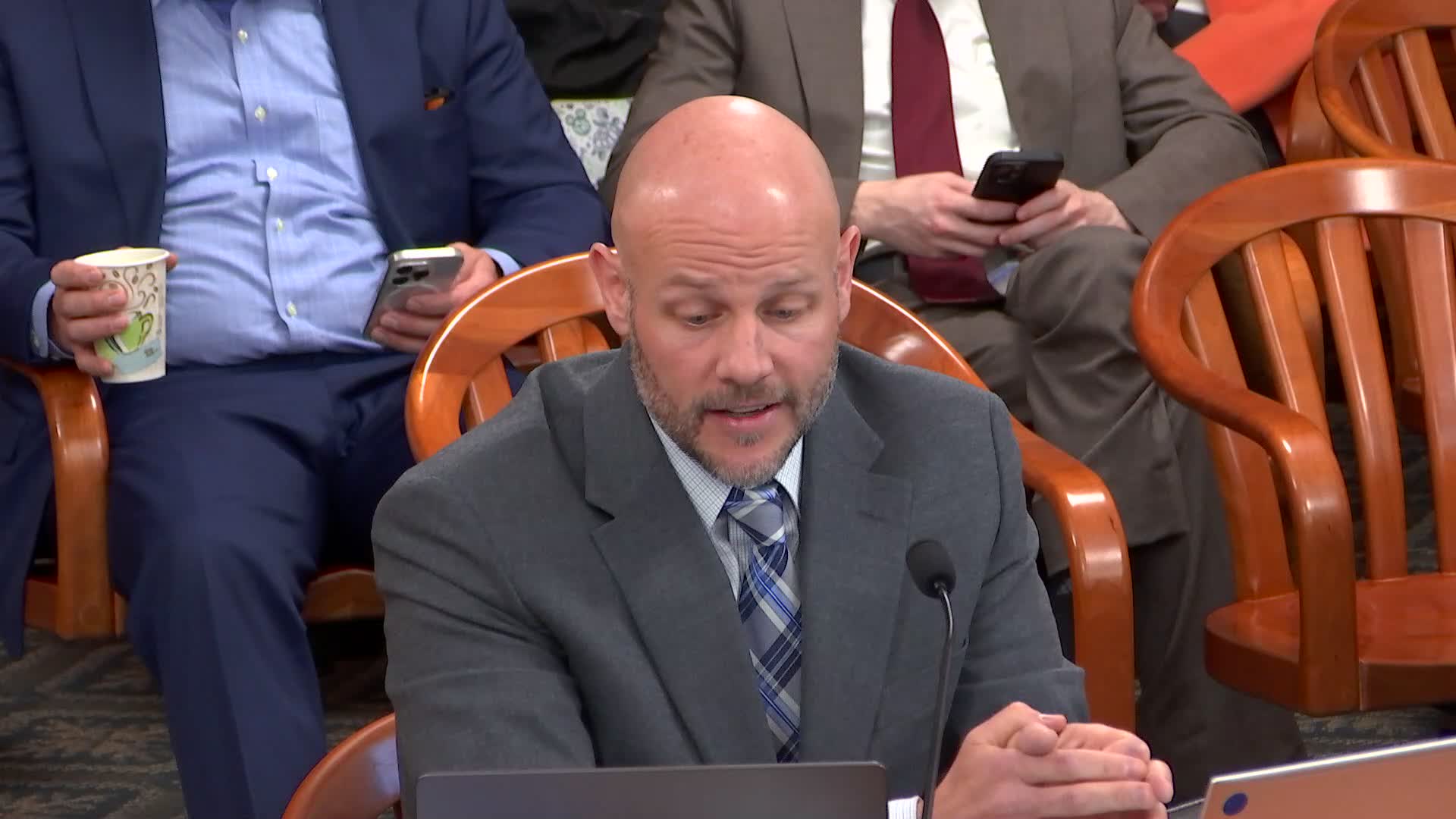Rural schools struggle with certified teacher requirements for work based learning programs
April 22, 2025 | Appropriations - School Aid and Education, Appropriations, House of Representative, Committees , Legislative, Michigan
This article was created by AI summarizing key points discussed. AI makes mistakes, so for full details and context, please refer to the video of the full meeting. Please report any errors so we can fix them. Report an error »

In a recent Michigan House of Representatives meeting focused on school aid and the Department of Education, significant concerns were raised about the challenges of work-based learning and virtual education.
One of the key issues discussed was the requirement for certified teachers to conduct regular site visits for work-based learning experiences. These visits can be particularly burdensome for teachers in small rural districts, where distance and staffing shortages complicate the process. The current regulations limit work-based learning to no more than half a full-time equivalent (FTE), which can hinder opportunities for fifth-year seniors trying to graduate while gaining practical experience. If any elements of the training plans are missed, schools risk losing funding, adding pressure on educators already stretched thin.
Additionally, the meeting highlighted the complexities of virtual learning attendance requirements. Unlike traditional classes, where attendance is simply recorded, virtual students must demonstrate two-way interactions with teachers over a four-week period around count day. This requirement can be cumbersome, especially when students are taking multiple virtual classes with different needs. Schools must assign two teachers for each virtual class, complicating staffing and potentially leading to penalties if placement rules are not followed.
These discussions underscore the pressing need for reforms in both work-based learning and virtual education to better support students and educators alike. As the state navigates these challenges, the implications for funding and student opportunities remain a critical focus for lawmakers.
One of the key issues discussed was the requirement for certified teachers to conduct regular site visits for work-based learning experiences. These visits can be particularly burdensome for teachers in small rural districts, where distance and staffing shortages complicate the process. The current regulations limit work-based learning to no more than half a full-time equivalent (FTE), which can hinder opportunities for fifth-year seniors trying to graduate while gaining practical experience. If any elements of the training plans are missed, schools risk losing funding, adding pressure on educators already stretched thin.
Additionally, the meeting highlighted the complexities of virtual learning attendance requirements. Unlike traditional classes, where attendance is simply recorded, virtual students must demonstrate two-way interactions with teachers over a four-week period around count day. This requirement can be cumbersome, especially when students are taking multiple virtual classes with different needs. Schools must assign two teachers for each virtual class, complicating staffing and potentially leading to penalties if placement rules are not followed.
These discussions underscore the pressing need for reforms in both work-based learning and virtual education to better support students and educators alike. As the state navigates these challenges, the implications for funding and student opportunities remain a critical focus for lawmakers.
View full meeting
This article is based on a recent meeting—watch the full video and explore the complete transcript for deeper insights into the discussion.
View full meeting
